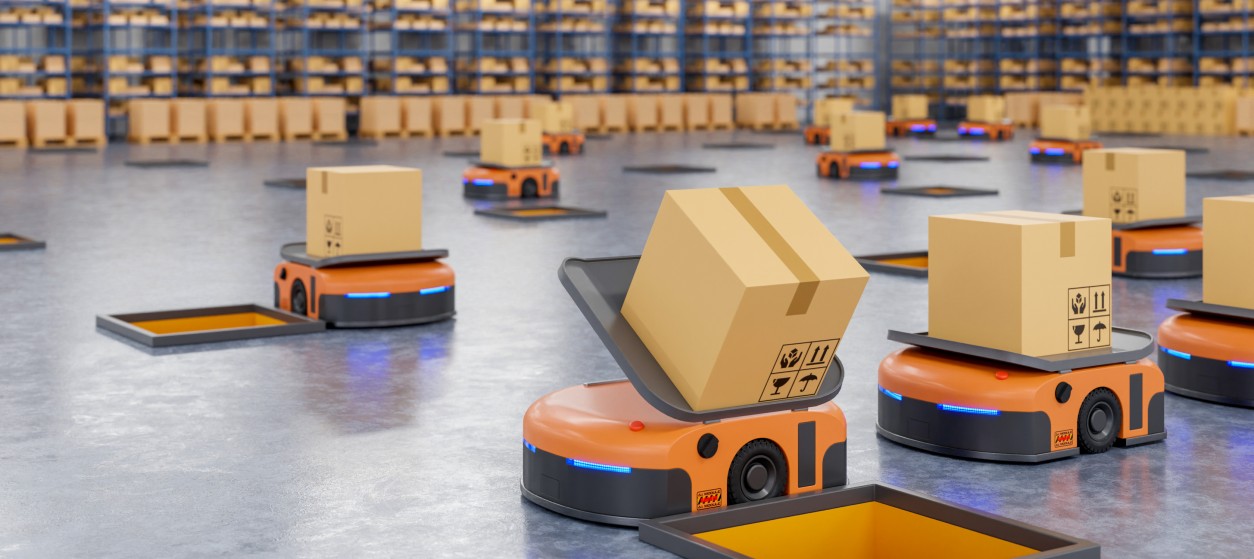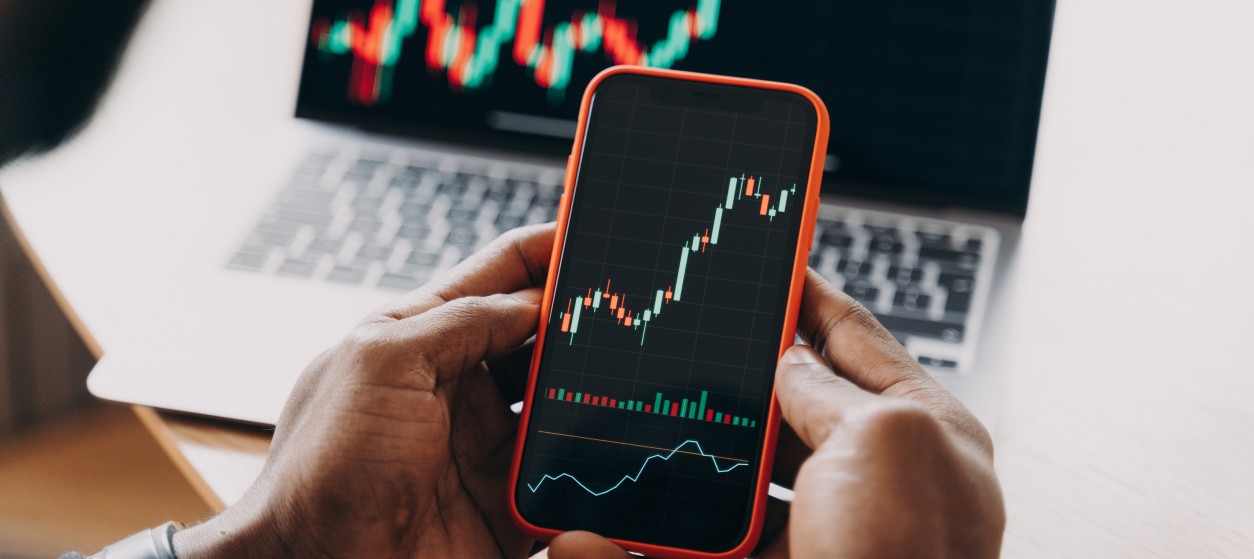During the last one and a half year, the COVID19 pandemic has had a disruptive impact on the retail industry and associated customer behaviors. As governments took COVID19 measures to fight the pandemic, physical activities had to be drastically reduced and replaced by digital activities. In this context, online spending in U.S during 2020 grew by an incredible 44%. This growth propelled an accelerated digitalization of retailing activities. Most retailers had to reinforce their online presence based on the deployment and use of cutting-edge technologies. In several cases they also attempted to innovate towards improving the satisfaction of their customers and increasing their overall market share. During the COVID19 period, various digital trends for e-commerce and retail businesses emerged, while others were strengthened. These trends are here to stay following the end of the pandemic i.e., in the new normal.
Trend #1: Front Desk Automation
There are many cases where customers need support with respect to their online services. During the COVID19 period, support tickets were on the rise due to the surge in the number of online transactions. This compromised the ability of conventional help desks and of other front desk services to cope with support requests at the required scale. To their rescue, online retailers deployed automated, AI-based services such as chatbots. Chatbots enabled retailers to cope with more requests in ways that were fun and memorable for the customers. Likewise, chatbot applications provided personalized service to the customers. In the long term, chatbots will help retailers reduced their spending in human-mediated customer support services. This is the main reason why the front desk automation trend will be reinforced in the years to come.
Trend #2: Immersive Visualizations (AR/VR/XR)
Augmented Reality (AR), Virtual Reality (VR), and their combination as part of the emerging Extended Reality (XR) paradigm provide the means for advanced ergonomic visualizations of items in online retail shops. The importance of such visualizations is not limited to providing insights into the appearance and quality of the items. Rather it extends to the provision of novel “try-before-you-buy” services, which increase customer satisfaction and confidence in the brand. This is particularly important for items associated with specific spatial placements (e.g., furniture), as well as for customers that seek for contactless try-on experiences (e.g., trying jewelry or footwear). Furthermore, XR visualization modalities boost after-sales services such as access to maintenance instructions and how-to manuals.
Trend #3: Data Analytics for Personalization
One of the main ways digital shopping is superior to physical stores is its ability to offer unique, personalized experiences to the customer. Personalized experiences can take different forms: From the tailored presentation of products and personalized product recommendations to the development of personalized digital services. To deliver personalized experiences, e-commerce enterprises leverage advanced data analytics, machine learning , and AI technology over large volumes of data about the customers’ behavior (e.g., past purchases and navigation history). This enables customers to find faster what they want whenever they want it and leads to increased satisfaction. To support personalized experiences, retailers will leverage headless platforms, which enable the diversification of the e-commerce front-end through completely decoupling it from the back-end of the e-commerce platform. During the COVID19 period, customers got used to personalized experiences and are now likely to take personalization for granted. E-commerce personalization was already around pre-COVID19 and will continue to play a role in the post-COVID19 normality.
Trend #4: Video Marketing and Influencer Marketing
In recent years video marketing is gaining momentum: The amount of video content in platforms like YouTube, TikTok, and Instagram is exploding. Therefore, retailers are increasingly considering the video modality for presenting their products and services. This trend will be reinforced in the coming years, as video provides an excellent way of illustrating the value of products and services. Likewise, brands will increasingly rely on micro-influencers for their marketing. Micro-influencers are creating tons of high-quality short clips per day, which are a very effective medium for marketing products and services. During the next five years, retailers will rely on influencers to covey marketing messages and promote their products. The video and influencer marketing trends were also boosted during the past year when the “stay-at-home” movement broadened the audience of video marketing and created a new wave of creative influencers in platforms like TitTok. Hence, COVID19 has undoubtedly a footprint on video and influencer marketing as well.
Trend #5: Omnichannel Retailing and E-Shop-in-a-Shop
Nowadays many customers have an account in the e-shop of their favorite retail brand. In many cases, they purchase online and through the conventional “brick-and-mortar” shops of the brand. This gives rise to novel hybrid experiences that combine offline and online elements. The latter combinations provide customers with the best of both worlds. For instance, it is common for customers to browse apparel collections online prior to visiting the physical store for trying the apparel and concluding the purchase. To support hybrid experiences, ecommerce enterprises offer omnichannel experiences such as e-shop-in-a-shop. As part of the latter, customers initiate a purchase online and conclude it inside the shop. This saves time and costs for both the retailer and the customer, due to the preparedness of the shopping process.
Trend #6: Cryptocurrencies and Decentralized Finance
During the past year, global interest in cryptocurrencies and decentralized finance has boomed. The market capitalization of crypto-assets reached record levels, while giant companies like Tesla declared their interest in cryptocurrencies. In the next couple of years, we can safely assume that more retailers will start accepting blockbuster cryptocurrencies (e.g., Bitcoin and Ethereum) as valid payment methods. Even though crypto-assets are associated with high volatility, they offer security and safety advantages that retailers cannot afford to ignore. Most importantly, the proliferation of digital wallets of cryptocurrencies will enable online retailers to address a broader audience.
Trend #7: Supply Chain and Marketing Agility
Since March 2020, the COVID19 pandemic has disrupted global supply chains. E-commerce companies and online retailers had to change their suppliers for geographical, availability and geopolitical reasons. This manifested the importance of e-commerce platforms that support agile supply chains e.g., platforms that facilitate the discovery of suppliers based on criteria like location, price, quality, and production capacity. Likewise, companies had to adopt agile marketing practices to ensure that their marketing keeps up with changes in production and supply chain operations. Marketing agility refers to the capability of rapidly changing the mix of marketing activities (e.g., diversification of online marketing channels, setup of promotional events, leveraging influencer marketing) to strengthen an enterprise’s brand identity in a highly volatile and uncertain world.
The above list of retail trends is certainly non-exhaustive. It is however indicative of how retail enterprises leverage novel digital technologies to improve their competitiveness and improve their customers’ satisfaction. As such, they provide a good guide for retailers that would like to ride the wave of advanced technologies for business growth.










